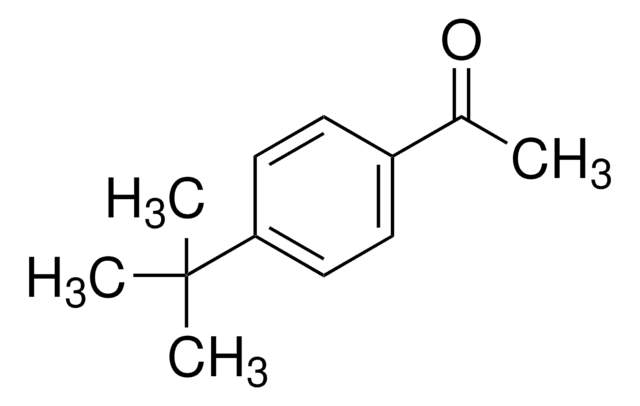75544
1-Dodecanol
analytical standard
Synonym(s):
Alcohol C12, Dodecyl alcohol, Lauryl alcohol
About This Item
Recommended Products
grade
analytical standard
Quality Level
vapor density
7.4 (vs air)
vapor pressure
0.1 mmHg ( 20 °C)
Assay
≥98.0% (GC)
autoignition temp.
500 °F
shelf life
limited shelf life, expiry date on the label
expl. lim.
4 %
technique(s)
HPLC: suitable
gas chromatography (GC): suitable
impurities
≤0.5% water
refractive index
n20/D 1.442 (lit.)
bp
260-262 °C (lit.)
mp
22-26 °C (lit.)
density
0.833 g/mL at 25 °C (lit.)
application(s)
cleaning products
cosmetics
flavors and fragrances
food and beverages
personal care
format
neat
SMILES string
CCCCCCCCCCCCO
InChI
1S/C12H26O/c1-2-3-4-5-6-7-8-9-10-11-12-13/h13H,2-12H2,1H3
InChI key
LQZZUXJYWNFBMV-UHFFFAOYSA-N
Looking for similar products? Visit Product Comparison Guide
General description
Application
- Etlingera elatior
- flower using gas chromatography-mass spectroscopy (GC-MS).
- Essential oils from the aerial parts of Hypericum perforatum by gas chromatography (GC) and gas chromatography coupled to mass spectrometry (GC-MS).
- Essential oils from Polygonum minus by gas chromatography coupled to mass spectrometry (GC-MS) and GC-MS/olfactometry (GC-MS/O) with aroma extraction dilution analysis (AEDA).
Signal Word
Warning
Hazard Statements
Precautionary Statements
Hazard Classifications
Aquatic Acute 1 - Aquatic Chronic 1 - Eye Irrit. 2
Storage Class Code
11 - Combustible Solids
WGK
WGK 2
Flash Point(F)
249.8 °F - closed cup
Flash Point(C)
121 °C - closed cup
Regulatory Listings
Regulatory Listings are mainly provided for chemical products. Only limited information can be provided here for non-chemical products. No entry means none of the components are listed. It is the user’s obligation to ensure the safe and legal use of the product.
PRTR
Class I Designated Chemical Substances
ISHL Indicated Name
Substances Subject to be Indicated Names
ISHL Notified Names
Substances Subject to be Notified Names
JAN Code
75544-5ML:
75544-VAR:
75544-BULK:
75544-1ML:
Choose from one of the most recent versions:
Already Own This Product?
Find documentation for the products that you have recently purchased in the Document Library.
Customers Also Viewed
Our team of scientists has experience in all areas of research including Life Science, Material Science, Chemical Synthesis, Chromatography, Analytical and many others.
Contact Technical Service












